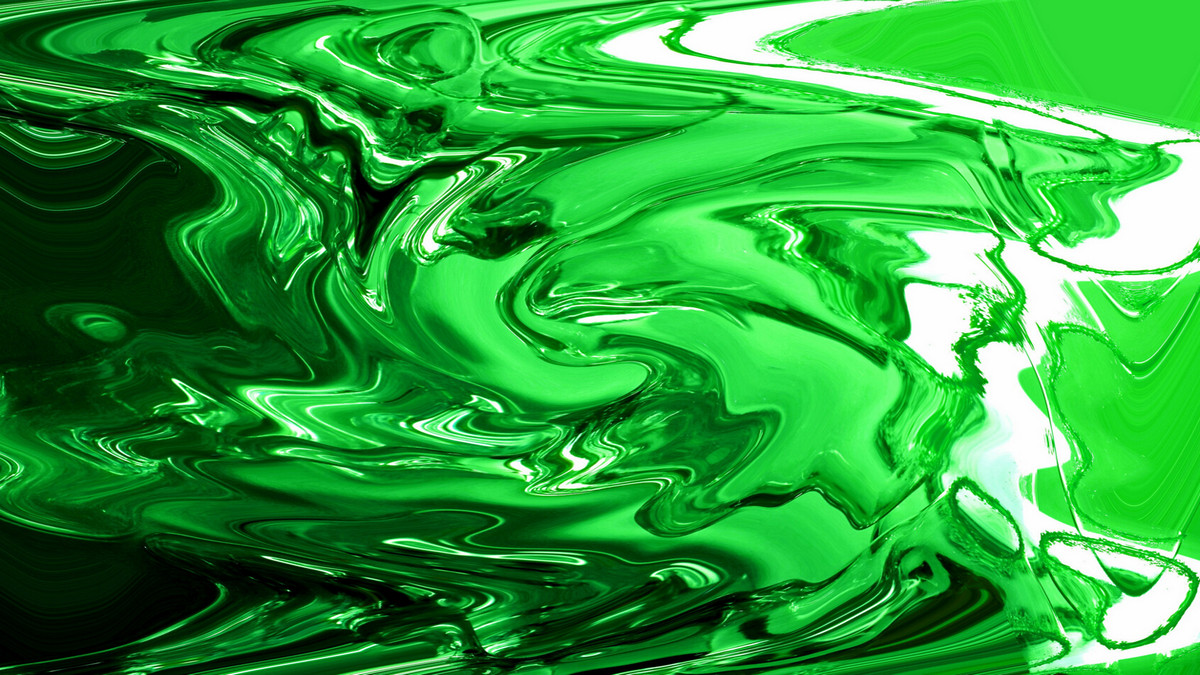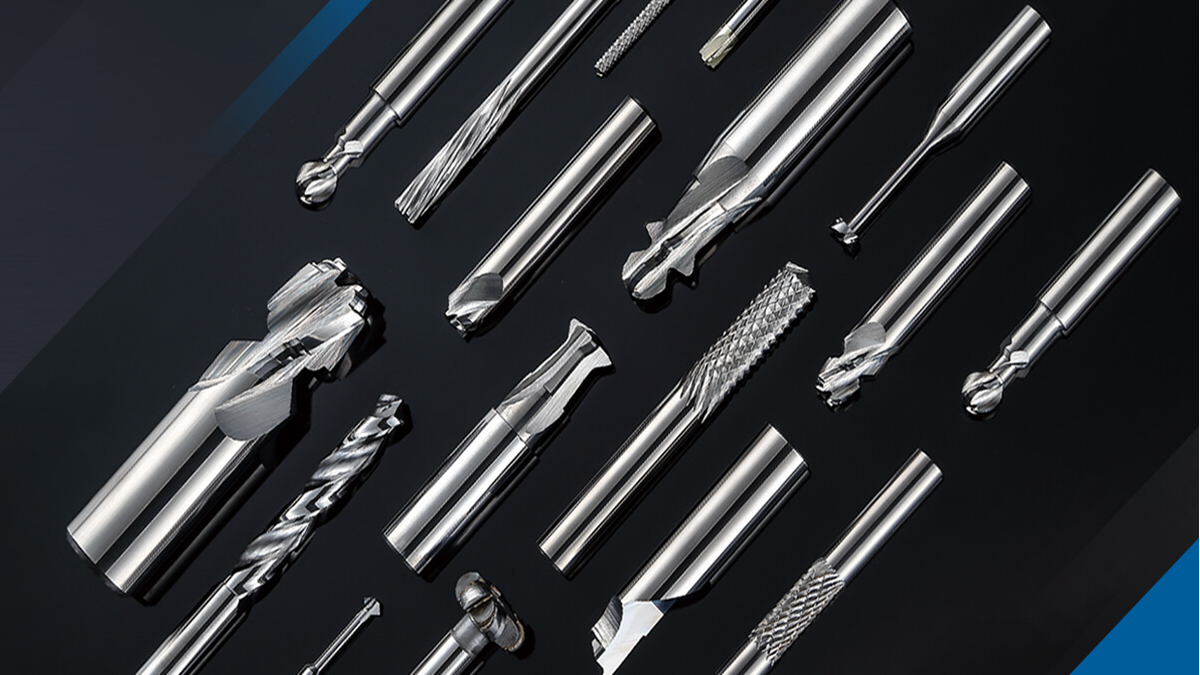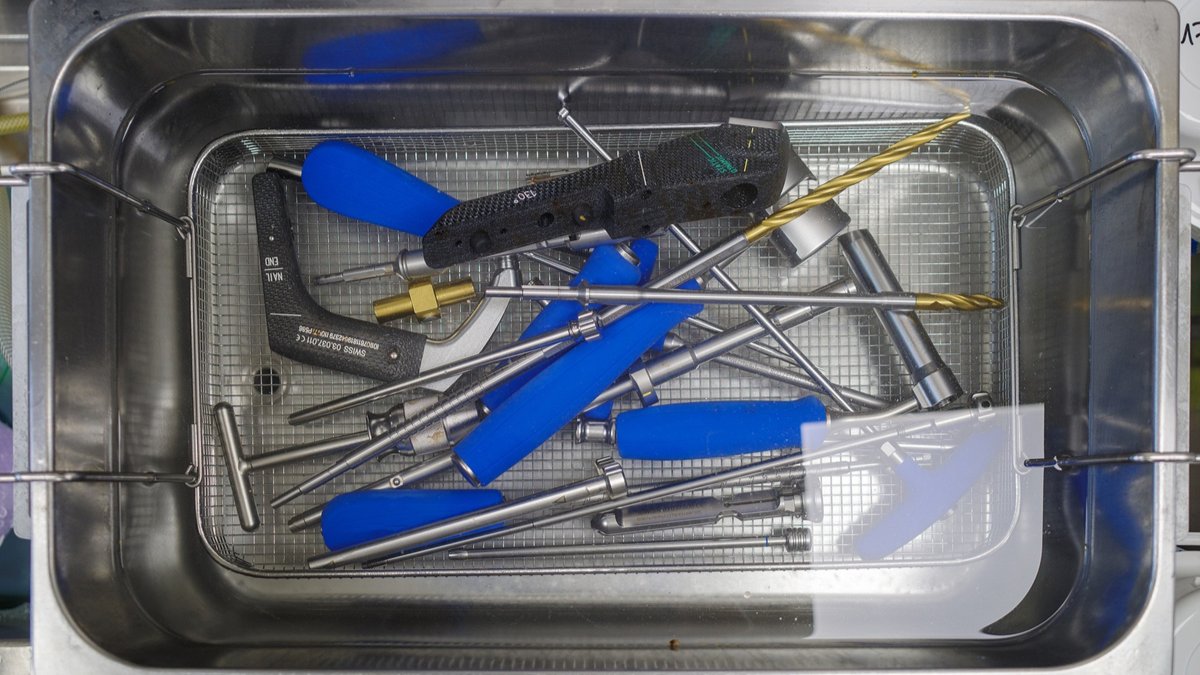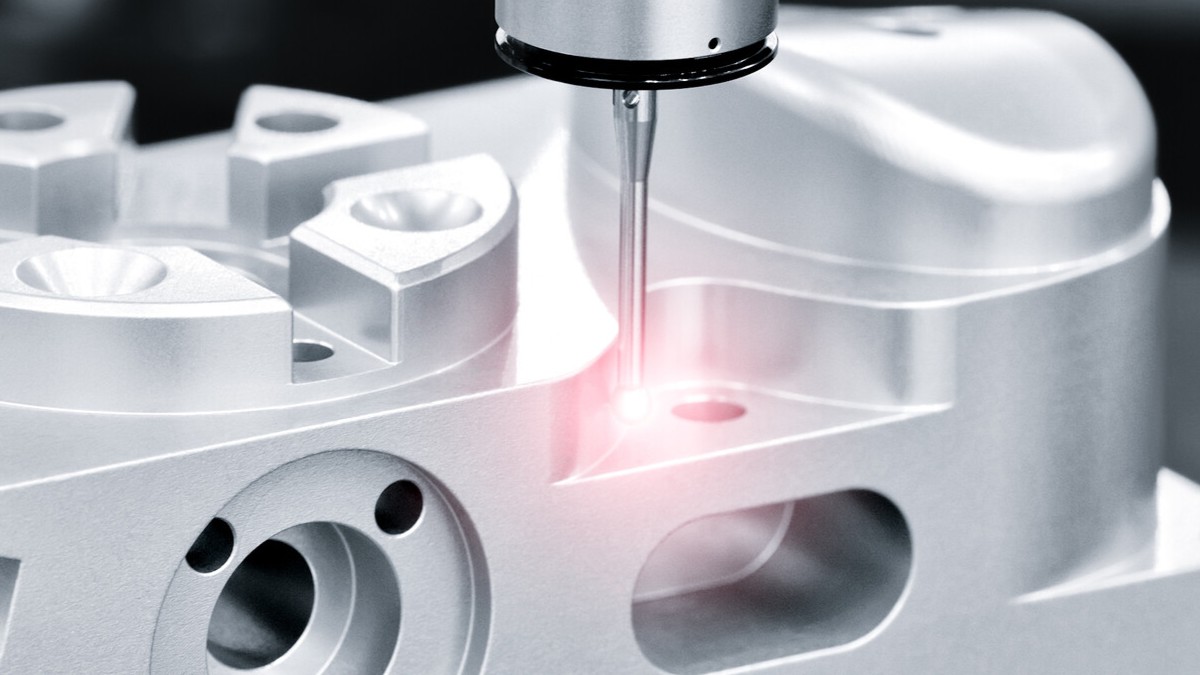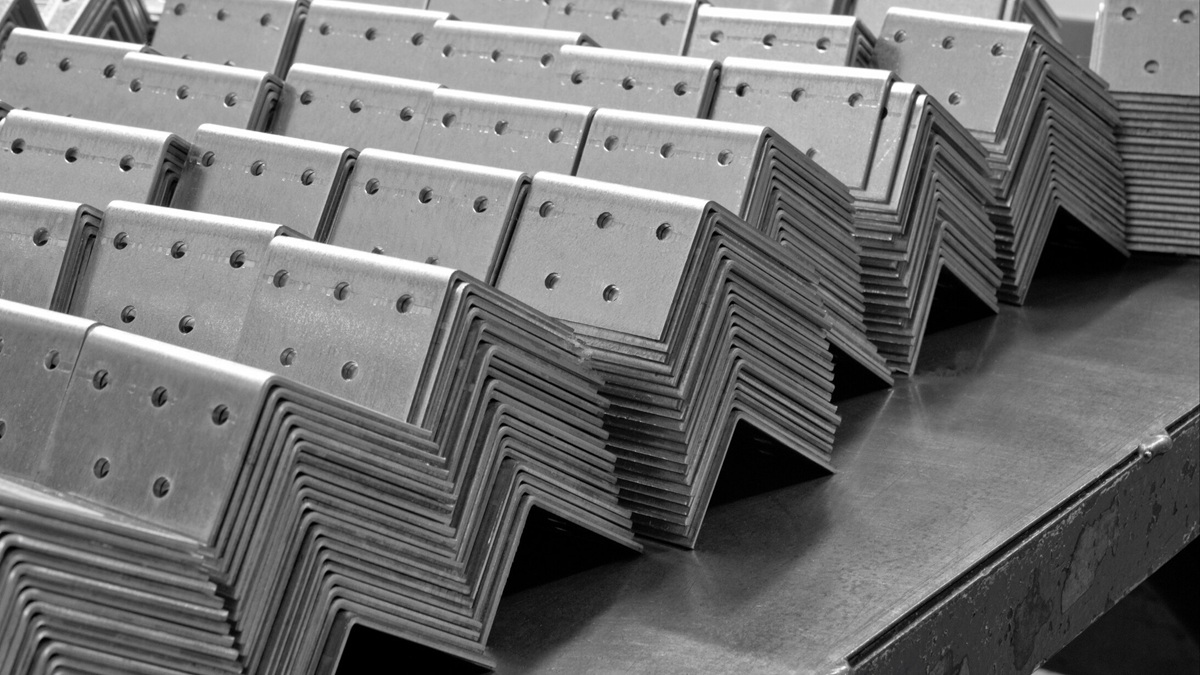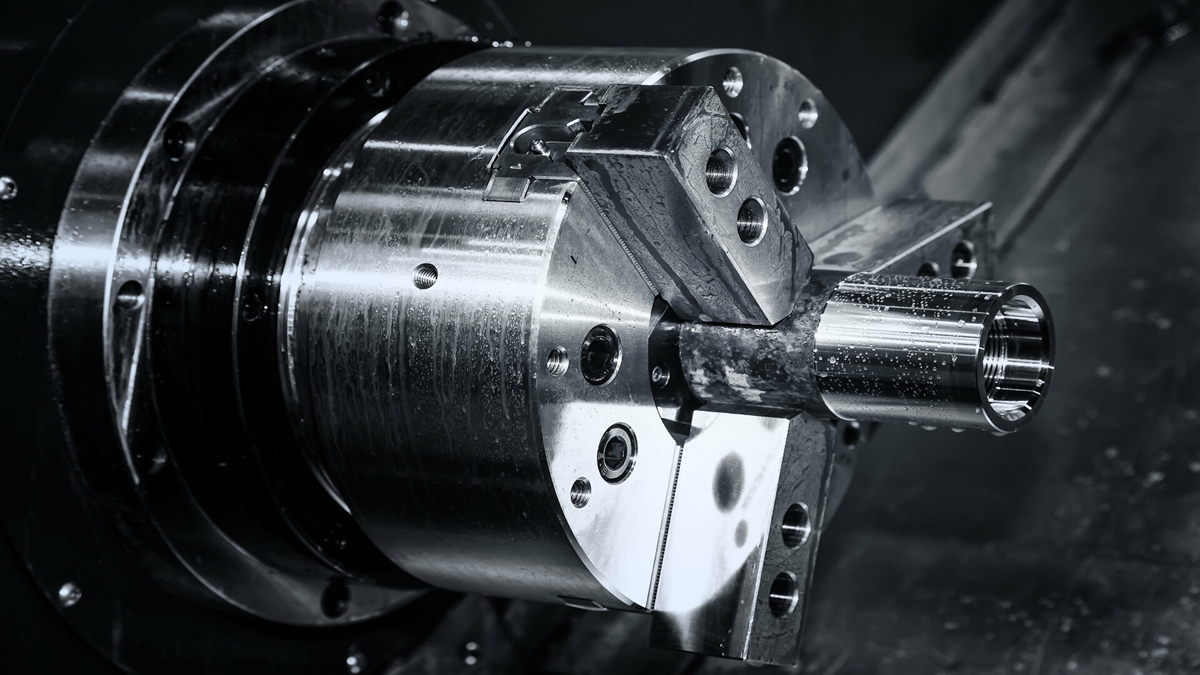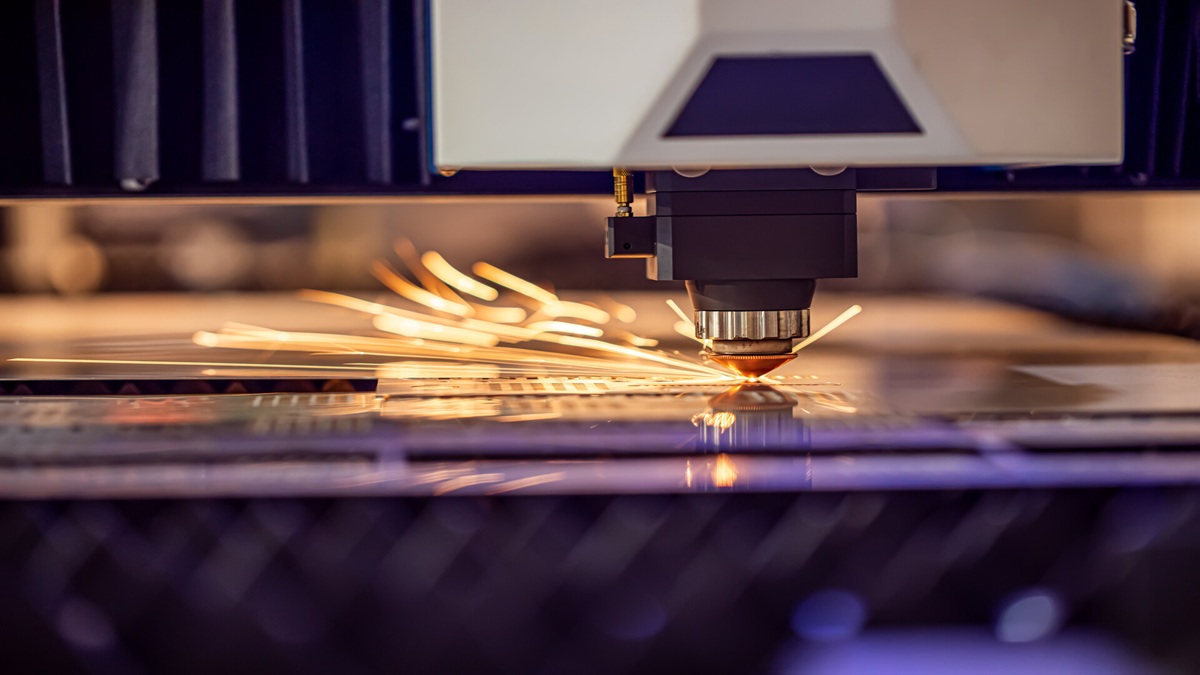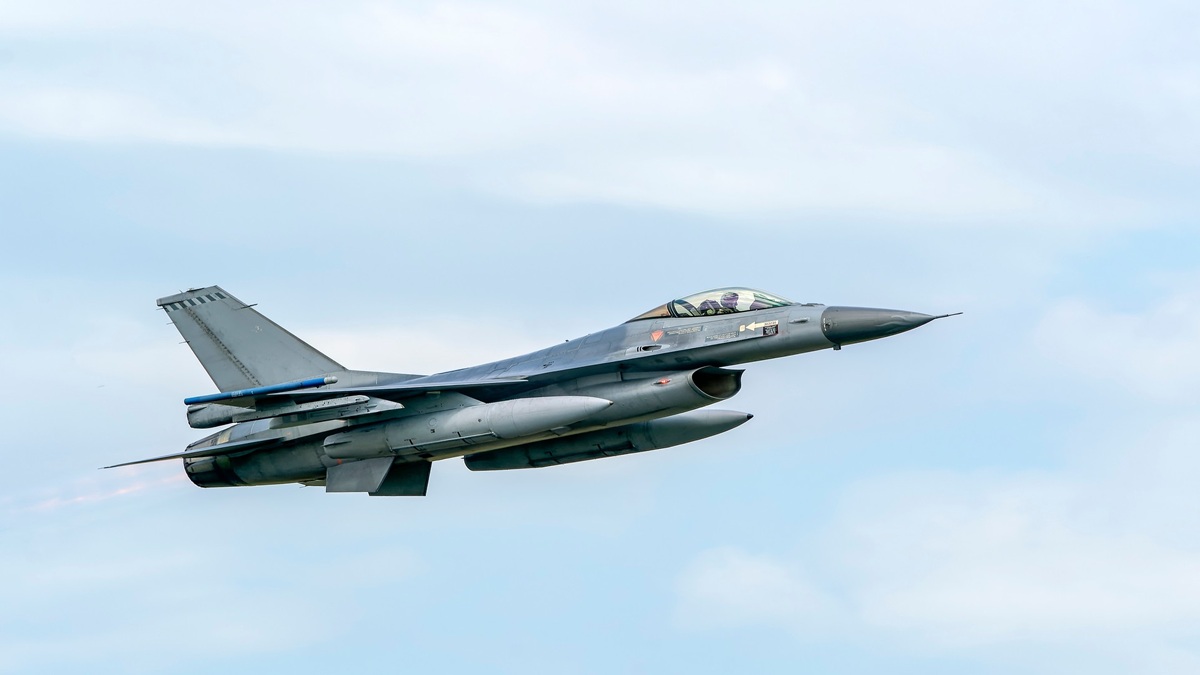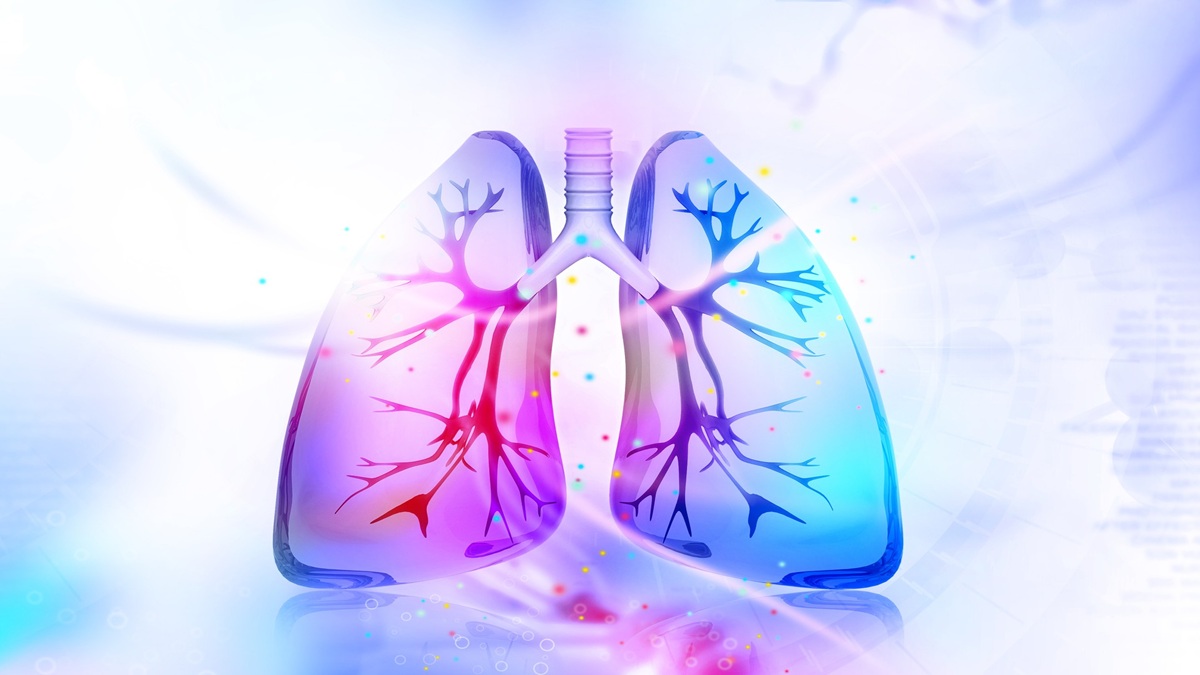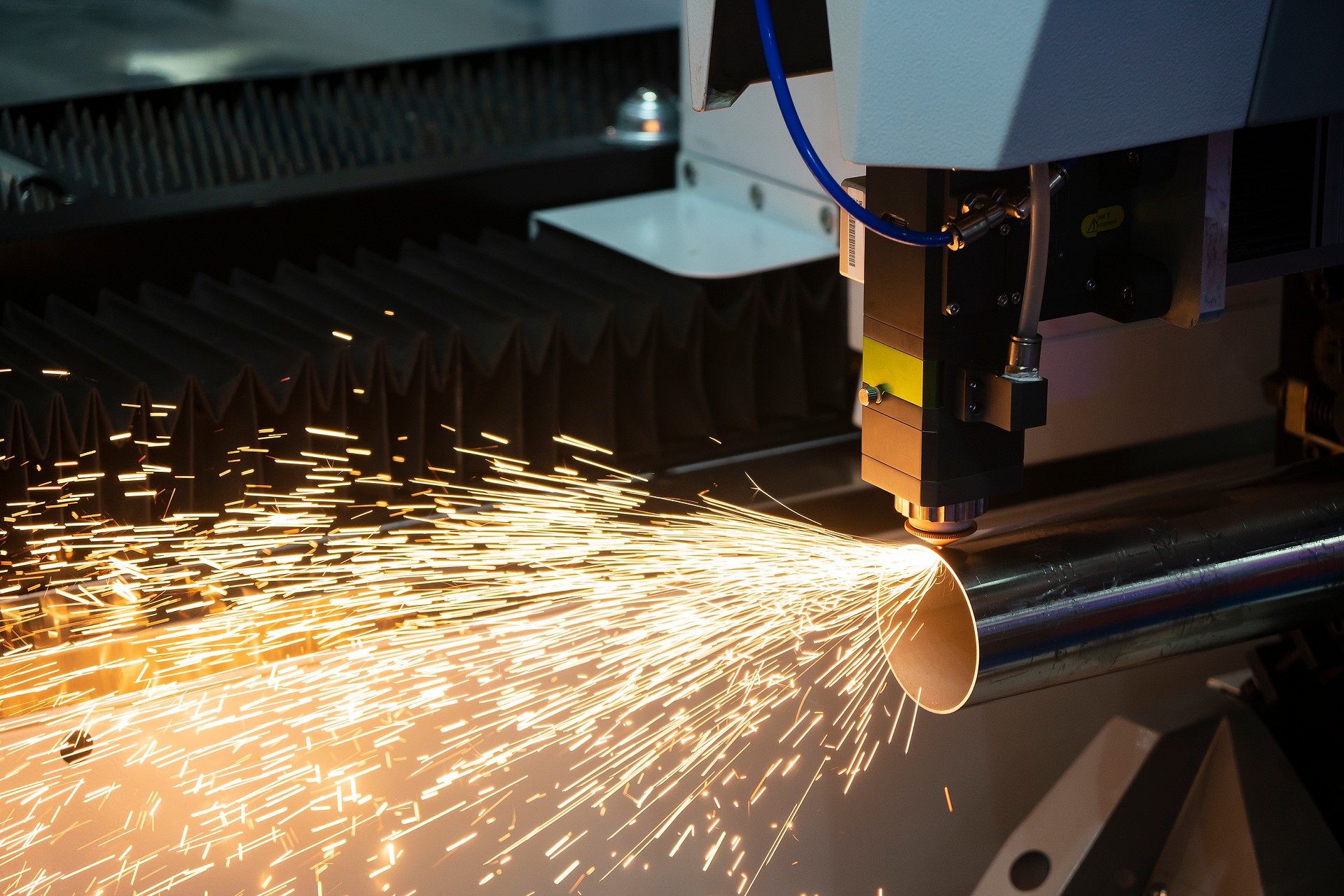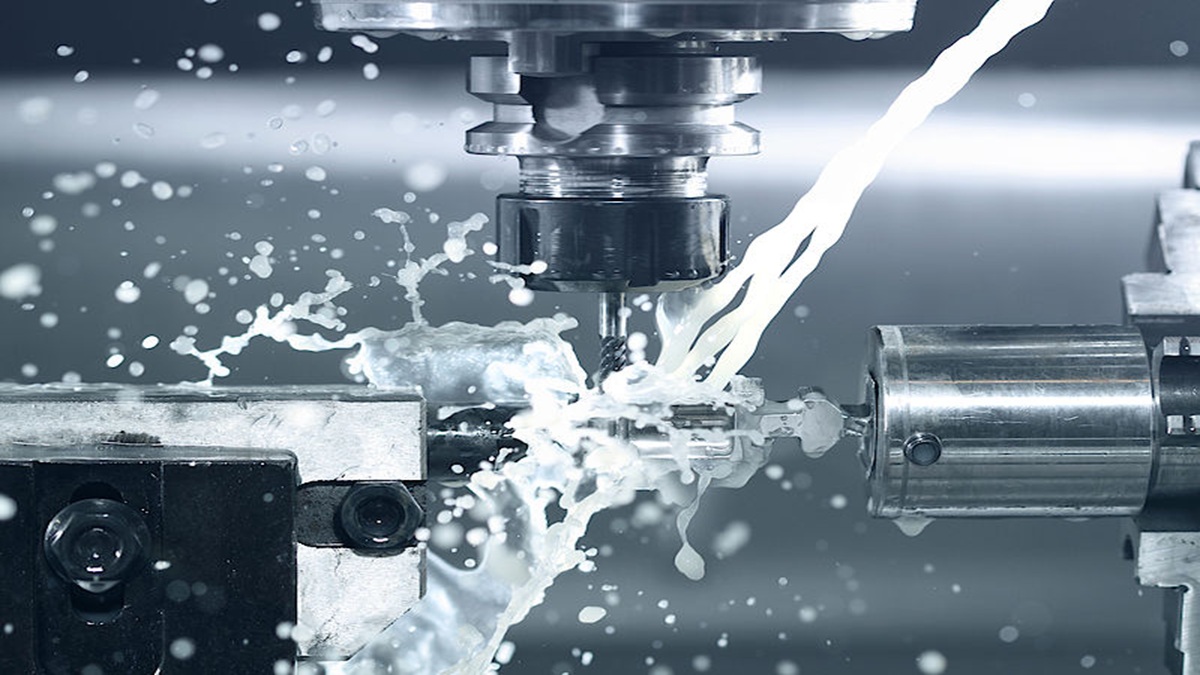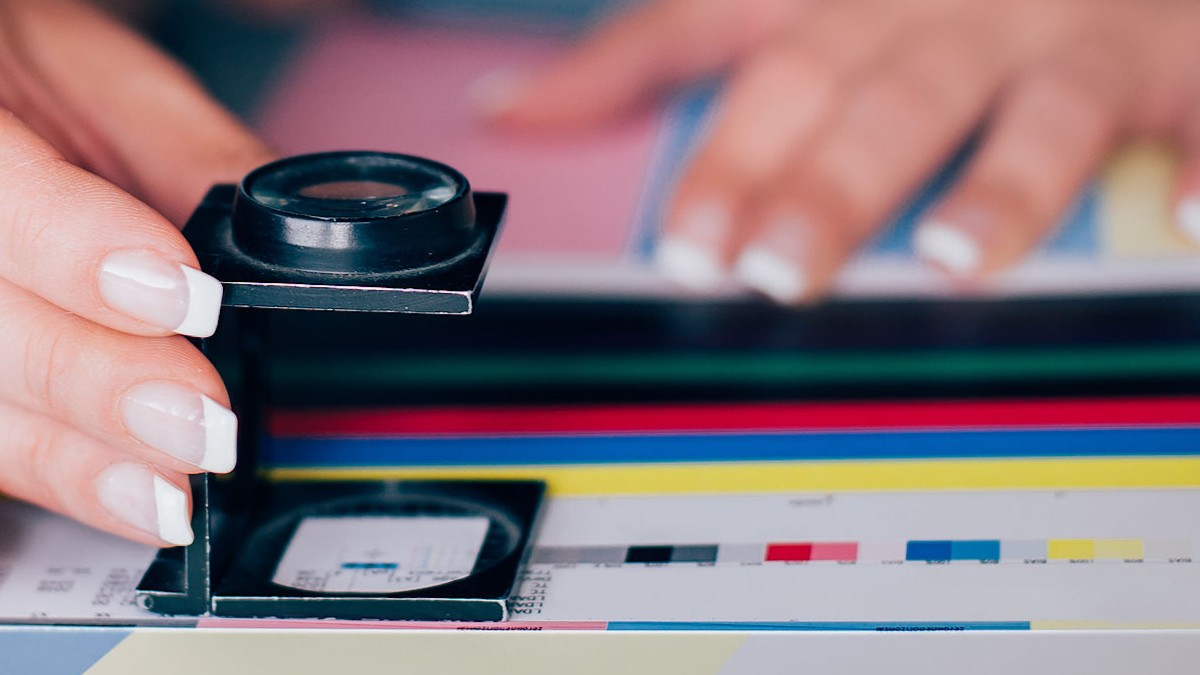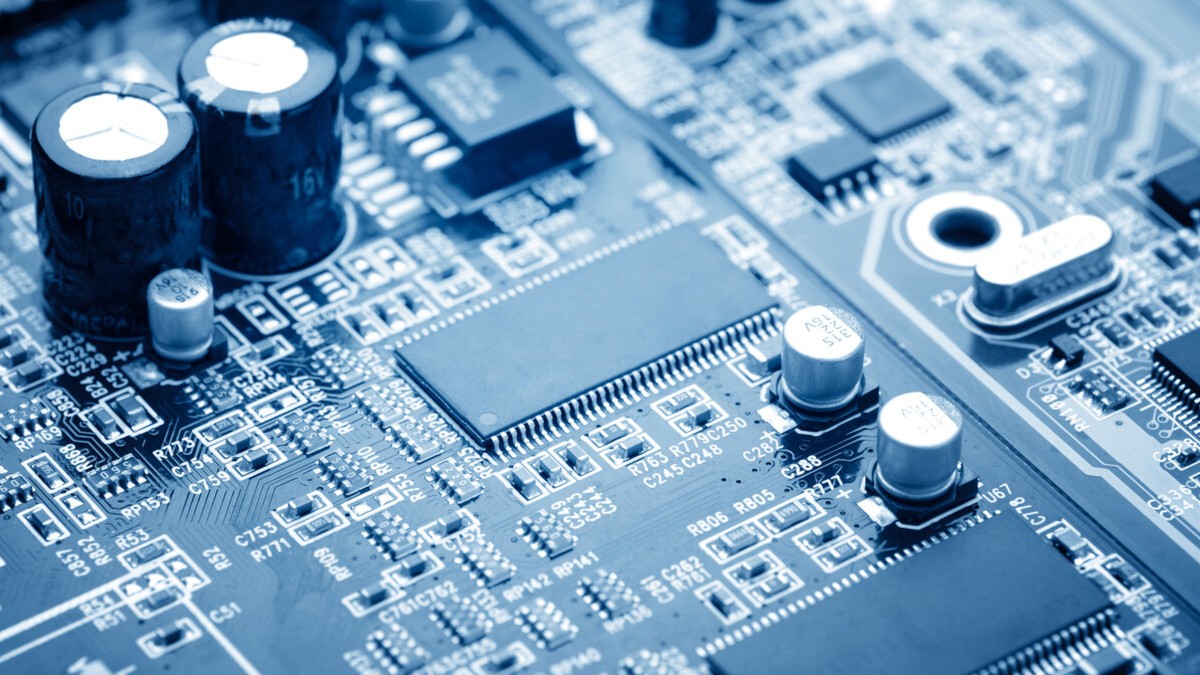Learn About the Water Transfer Technology That Transforms the Appearance of Products
What is Water Transfer Printing?
If you want to make the appearance of the product with color, you can use colored raw materials or spray paint to color, or use film to add color and surface texture. In addition to in-mold decoration and out-of-mold decoration, the "water transfer printing" to be introduced in this article also uses film, which is finalized after the finished product is completed to print complex images and textures.
Water Transfer Printing is a technology that uses water as a medium to transfer the pattern printed on the film to the surface of the object. This technology can be used on plastic, metal, ceramic glass, wood and other materials. It is a very versatile surface treatment method. It is most commonly used in 3C product casings, motorcycle coatings and automotive interiors.
The water transfer technology can be subdivided into two types: water mark transfer and water coating transfer. The former is a small-scale transfer, usually used for text or a single pattern; the latter is a large-area processing method.
The principle of water mark transfer is the same as that of tattoo stickers. The pattern will be printed on the transfer film paper. When the transfer paper is soaked in water, the pattern will move from the paper to the film, and the user only needs to align the transfer paper with the surface of the object. Slowly remove the transfer paper, let the film stick to the surface of the object, and remove the air bubbles. After the transfer, different treatments such as baking, drying in the shade or spraying with gold oil are required to make it more reliable. Water mark transfer is usually used in small-scale and single-plane decorations such as ceramic glass (flower paper), sporting goods or bicycle frames.
Water coating transfer, also known as surface coating, most of the mentioning of water coating transfer is mostly about the process of water coating transfer printing. Before the transfer, a water-soluble film with a pattern will be prepared, and the object to be transferred will be sprayed with primer and tackifier (usually except for ABS), and the primer will match the color tone of the pattern to make the pattern more beautiful. For color development, usually the wood grain will use a brown base, and the camouflage pattern will use a neutral base color.
In the transfer process, the water coated transfer film is firstly spread on the water surface, and then sprayed with an activator to dissolve the film, so that the pattern is free on the water, and then the object is immersed in the water at a 40-degree angle, and the transfer is carried out by water pressure. to the surface of the object. After the transfer is successful, the residue of the object is cleaned, dried, and finally sprayed with clear paint to complete the transfer.
Water coating transfer can be used on objects with complex shapes. The entire pattern is wrapped on the surface of the original object through water and water transfer film to create a visual effect of changing the material, but the disadvantage is that the transferred image the pattern will be deformed due to the shape of the object, so usually the transfer will be a repetitive pattern that will not affect the vision after deformation, such as imitation wood grain, marble pattern, animal skin pattern, etc. Water coating transfer is widely used in car interiors, automobile and motorcycle modification, and there are also small objects such as mobile phone cases and kettles that use water to coat and transfer to make products that consumers can't put it down.
Water transfer printing is an old-fashioned process in the surface treatment industry. It has a wide range of applications and can be "flexed and stretched" on different objects. It has low cost and fast production speed, so it is suitable for small-scale proofing or mass production. And there are also many printing factories who are constantly innovating the transferred patterns, and designers will not be limited in their choices. In addition to manual production, this process can also be used with a robotic arm to spray chemicals and set parameters to transfer a large number of items into water, depending on the number of finished products.
What is The Difference Between Thermal Transfer and Water Transfer?
- Understand the difference between thermal transfer and water transfer from the principle
- Compare the difference between thermal transfer and water transfer through the transfer process
- When to us what? Pattern color retention rate:
Although they are all transfer printing methods, the difference between thermal transfer and water transfer can be clearly compared from the transfer principle. Let's take a look at the principles of thermal transfer and water transfer:
Thermal transfer principle:Thermal transfer printing is to print the drawn pattern on the heat-resistant adhesive tape by heating first and then pressing, and then transfer the drawing pattern of the ink layer to the material to be printed through high temperature and pressure.
Water transfer principle:Water transfer printing must pass through the medium of water, place the printed pattern product on a horizontal surface, and with appropriate water pressure, wrap the drawn pattern on the desired material.
In addition to the principle, there are also many differences between the transfer process of thermal transfer and water transfer, especially the process of water transfer is more delicate and more cumbersome than thermal transfer, let's take a look at the difference between the two!
Thermal transfer process:Thermal transfer is heated by high temperature and high pressure. Initially, the drawn pattern is adjusted to the appropriate printing size using a computer, and then the pattern that needs thermal transfer is printed on the transfer paper using a sublimation or waterproof ink printer. Since the transfer materials corresponding to different transfer materials are also different, you must choose carefully to make the thermal transfer effect better. Finally, the thermal transfer machine is set to the appropriate temperature and seconds, and the material to be presented is printed by high-pressure heat energy.
Water transfer process:The process of water transfer printing is more complicated than thermal transfer printing. First, the transferred film must be placed on the water surface of the water tank, and the transfer pattern can be activated by using an activator to separate the film; then the objects that need to be transferred, Follow the outline and transfer it to the water surface. After taking it out, it is necessary to remove the residual pattern film and dry the surface moisture of the printed material. It is best to dry it in a drying oven at about 50-60°C, and finally spray the protective paint.
The thermal transfer pattern will be much firmer than the water transfers due to the process of heat and pressure, and there will be no problem of color fading in subsequent use. If the material to be converted must be retained for a long time for this image, it is recommended to use thermal transfer.
Whether the surface of the transfer material is irregular:Thermal transfer is more suitable for flat materials, such as clothes, bags, mobile phone cases, etc.; while the water transfer part is more flexible and does not limit the shape of the object and the curvature of the curved surface, such as car sheet metal, coating Wait. However, the water transfer process is more complicated, and the skills and familiarity required are very professional. Most of the factories and large enterprises use this method to transfer.


